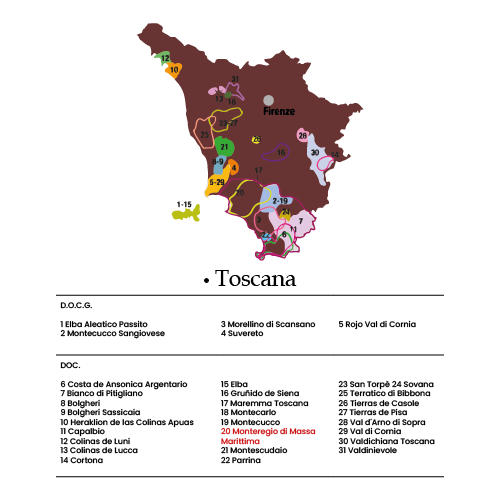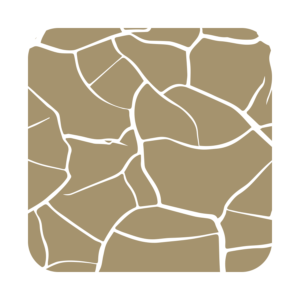 Vin Santo 1999
Vin Santo 1999Vin Santo 1999
 Organic
Organic
 Vegan
Vegan
Information
- To nothing: 1999
- Country: Italy
- Region: Tuscany
- Grape variety:
- Floor:
- Vineyard size: 35 Has
- Plant density per hectare: 5400
- Vinification and aging: After rigorous selection, the clusters are subjected to a natural drying process on mats, until January-February of the following year. They are then de-stemmed and pressed, and the must is transferred to sealed, 100 lt aok casks containing the “mother”, a thick substance remaining from previous vintages. After 7 years in the “vinsantaia” loft area, the wine is bottle aged for a minimum of 6 months.
$1,715.00

Frascole, a border area. A few steps away, between the vineyards or in the small town, the view suddenly changes. Now you look at Mugello, now at Valdisieve, with your gaze towards those distant hills that enclose Florence. Important archaeological finds attest to the cultivation of vines on this soil as early as the time of the Etruscans.
We are between 300 and 500 meters, where the climatic characteristics of the Chianti Rufina area are extreme. Here artisan wines are born, followed by the vineyard and the winery by the bottle.


1992
Foundation year
15
Hectares of vineyard
-
Bottles produced
Sangiovese, merlot and cabernet sauvignon
cultivated grapes
Organic
viticulture
What we mean by organic viticulture

Organic fertilizers are used
as compost, manure and
other natural materials to enrich the soil and provide the nutrients necessary for the growth of vines.

Techniques are implemented to prevent soil erosion, such as planting vegetative covers between the rows of vines and applying minimal or no tillage practices.

During the winemaking process, chemical additives are avoided and the handling of the wine is minimized. The use of natural yeasts and the reduction of sulfites are encouraged.
Related products
- The Massa
- Prince's Land
- Prince's Land
- The Massa










